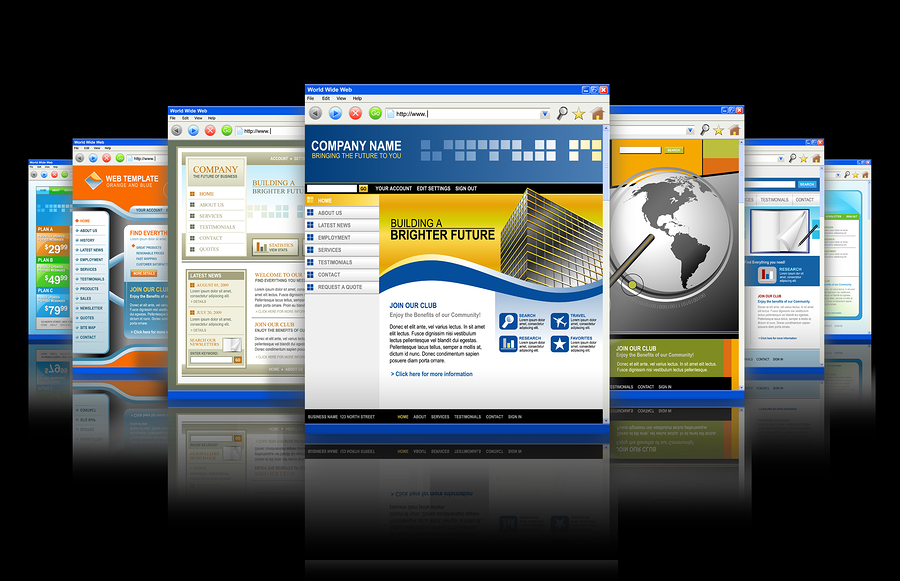The first and most important point to make is that too many businesses either don’t realise or have forgotten that a website exists to attract and convert customers, not simply to have an online presence. When your website abandons this central idea, conversions suffer.
Many people will point to low traffic as the area to address, but traffic isn’t usually the problem. According to Ernst & Young, 94 per cent of consumers research products and services online, so chances are people are looking for what you’re offering. And strong traffic is wasted if it’s not being converted.
1. Keep it simple
You want a simple, clean website that quickly and succinctly tells visitors why they’re there and addresses the problem they are trying to solve.
Most businesses look to create a Steven Spielberg-worthy website ignoring the fundamentals of what makes a website good. It’s not the flashy animation or the fancy font, it’s the reason why you have flashy animation or fancy font. If you place creativity before reason, it’s likely your website will underperform.
2. Call “action!”
Everything on your website should have a purpose and play a role in driving visitors towards an action, whether that’s a newsletter sign-up, sharing a blog post or making a sale. Give them a simple, clear call-to-action (CTA) such as “shop now” or “click here” and make sure there’s a clear and direct path to complete it. There is nothing as frustrating to an excited buyer as a multi-page checkout process. If you’re making the visitor put in the effort to figure things out and part with their money, that’s where you’ll lose them. Your CTA must be front and centre, loud and clear so you can move them quickly along the sales funnel.
3. Get mobile
So much traffic now comes from mobile such that if your website isn’t responsive (designed to adapt to all different screen sizes) you’re going to lose a whole chunk of your audience before they even see what you have to say. Consider how people on different sized screens are viewing your site.
4. Speed up your site
Make your site lightning fast. Compress images and skip the autoplay audio or video. They’re distracting and they give visitors lag time to reconsider whether they want to go to your site. They’re already there – hook them quickly with your irresistible offering and your CTA.
5. Supercharge your content
Market outwards, not inwards. Start with the premise that your core audience doesn’t know you yet and put them at the centre of your marketing. Find out who they are and what they want – not just demographics, but the questions they’re asking about a product or service like yours on search engines and forums. Try and get inside their head. Quality content keeps visitors on your site and increased dwell time improves your all-important ranking.
6. Hit the social trigger
Trust is super important to convey quickly, so if you have social proof such as reviews, testimonials and media coverage, it’s a good idea to make them prominent on your site, second only to your CTA, to boost consumer confidence.
Strong social media engagement can also fire up a feedback loop that both promotes your business and confirms that your product works, to reassure visitors.
These six steps are about simplifying and improving the user experience so visitors land on your site, get what they want from it and leave happy and fulfilled. Once you smash the obstacles along that funnel you’ll see instantly improved results.
Sabri Suby, Founder and Head of Growth, King Kong Digital Marketing













